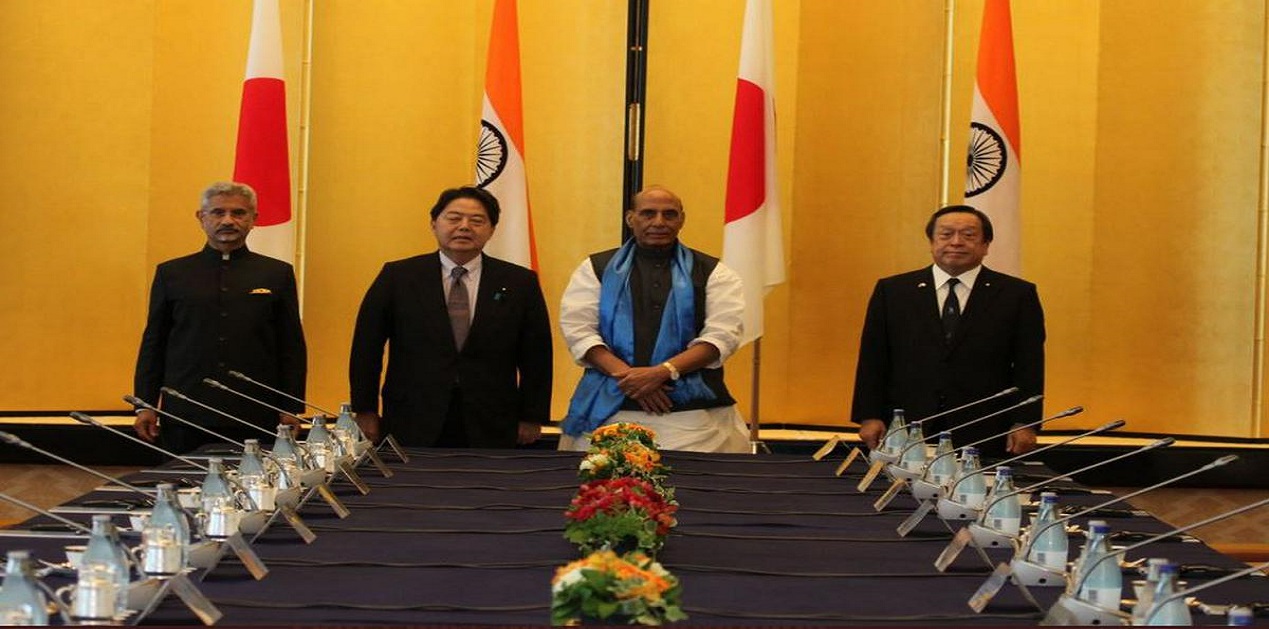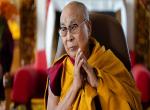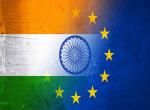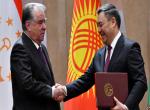India and Japan held the second 2+2 Foreign and Defence Ministerial meeting in Tokyo on 8 September 2022. The meeting took place more than five months after Japanese Prime Minister Fumio Kishida visited India for the annual India-Japan summit. This year too marks 70th years of diplomatic relations between the two countries. While India was represented by Minister of External Affairs S. Jaishankar and Defence Minister Rajnath Singh, Japan was represented by their counterparts Hayashi Yoshimasa and Hamada Yasukazu.
India has the '2+2' ministerial format of dialogue with very few countries, including the US, Japan, Australia and Russia. This is a format for joint discussions between defence and foreign ministers of India and partner country on foreign and security issues. Such a dialogue is designed to arrive at a common view on the prevailing strategic environment and find ways and means to address each others’ concerns and work towards building a better understanding and strengthen bilateral relationship. India has 2+2 dialogues with four key strategic partners: the US, Japan, Australia and Russia. Leaving aside Russia, the other three countries are also India’s partners in the Quad. India has been ramping up strategic ties with its key partners in the backdrop of the geo-political turmoil, largely triggered by the Ukraine crisis, China's aggressive posturing in the Indo-Pacific and escalating tension between Beijing and Taipei in the Taiwan Strait.
The first bilateral two plus two dialogue was held in New Delhi in November 2021 between the Foreign and Defence Ministers of both sides. The strategic and bilateral relationship with its partners including the dialogues held in the 2+2 format, have produced tangible and far-reaching results for India.
What were the major take aways from the recent 2+2 dialogue? The underlying concerns outlined in the joint statement that was issued stressed the threats that an expansionist China is posing to not only India and Japan but to the entire Asian region. The four ministers resolved to work together for a free and rules-based Indo-Pacific.[1] The four ministers acknowledged the need for global cooperation to address security challenges that have become more acute. They also reaffirmed their commitment to a rules-based global order that respects sovereignty and territorial integrity of nations. They also emphasised the need for all countries to seek peaceful resolution of disputes in accordance with international law without resorting to threat or use of force or any attempt to unilaterally change the status quo.
The ASEAN remains as the fulcrum of a stable regional order. The ministers therefore, reiterated their strong support to the ASEAN Outlook on the Indo-Pacific (AOIP) as well as to the ASEAN’s unity and centrality. They have also extended their full support for the principle such as the rule of law, openness, freedom, transparency and inclusiveness.
China’s coercive behaviour figured prominently during the discussion. Both countries therefore, agreed to conduct their first-ever combat exercise with fighter jets, boost their reciprocal military logistics pct and expand the scope of defence-industrial collaboration to develop cutting-edge weapon systems. In doing so, all options necessary for national defence, including “counter-strike capabilities” were discussed. Japan expressed its determination to fundamentally reinforce its defence capabilities within the next five years and secure substantial increase in the country’s defence budget to make this possible. In turn, the Indian side expressed its support to work towards enhanced security and defence cooperation.
According to Japanese officials, both sides are discussing joint development of unmanned ground vehicle technology. Japan’s earlier plan to sell sea-landing planes to India has been held up, partly because of the costs. India seeks investments from Japanese companies for manufacturing military hardware, particularly in the two corridors in UP and Tamil Nadu, where a “conducive environment for the growth of the defence industry” has been created by the Indian government. On the issue of developing military platforms, it was thought talks would include discussions on Shinmaywa US-2 amphibious aircraft and India’s Advanced Medium Combat Aircraft (AMCA) project. However, there was no mention of this in the joint statement. What is significant to note is that Rajnath Singh held talks with his Japanese counterpart ahead of the 2+2 meeting to discuss this in depth. The joint statement mentioned that both sides are working closely on these issues.
Japan for the first time participated in the multilateral exercise MILAN in March 2022 and operationalised the Acquisition and Cross-Servicing Agreement signed last year between the two sides during these exercises hosted by India off Visakhapatnam. Other than Japan, India has such reciprocal military logistics pact with the US, Australia, France, South Korea and Singapore for improving operational efficiencies.
During the dialogue the ministers resolved to continue with bilateral and multilateral exercises like the Dharma Guardian, Japan India Maritime Exercises (JIMEX) and Malabar. The Air Forces of both countries would also be conducting joint air exercises on an early date. In the coming years it is expected that the bilateral exercises would become more complex and sophisticated.
Speaking after the 2+2 meeting, Rajnath Singh during the joint media interaction said that “There is consensus on both sides that a strong India-Japan relationship is very important for a free, open, rules-based and inclusive Indo-Pacific based upon sovereignty and territorial integrity of nations”.
Singh also emphasised the need to expand the scope of partnership with Japan in the field of defence equipment and technological cooperation. Both sides decided to identify “concrete areas” in defence technologies in addition to the ongoing cooperation in the areas of unmanned ground vehicles and robotics.
China and the Ukraine situation figured prominently in the dialogue. Jaishankar said the global environment has become more complicated. While calling for deeper India-Japan defence cooperation, he slammed China for unilaterally attempting to change the status quo in the East and South China Seas. Though the joint statement did not categorically mention China by name, it transpired that the emphasis on their commitment to a rules-based global order that respects sovereignty and territorial integrity and peaceful resolution of disputes in accordance with international law and without resorting to threat or use of force was aimed at China and possibly Russia. Jaishankar’s counterpart Yoshimasa Hayashi too agreed that the “international order faces many challenges”. North Korea and the situation in South Asia also figured in the discussion.
Indeed, in view of the stressed security environment in the region because of China’s assertiveness on a host of issues, both India and Japan find compelling reasons to deepen their cooperation and understanding for ensuring a free, open, inclusive and prosperous Indo-Pacific. Apart from at bilateral level, both India and Japan are working together through a range of policies and mechanisms, including cooperation in the Quad framework and utilisation of the ASEAN platform. Both sides also talked about cooperation in cyber security, 5G deployment and critical and strategic minerals.
Japanese Prime Minister Fumio Kishida also met both Rajnath Singh and Jaishankar after the 2+2 dialogue and reiterated Japan’s commitment to work with India for an open Indo-Pacific. He stressed that based on the results of the 2+2 dialogue, Japan will further strengthen the India-Japan Special Strategic Global Partnership. Reminding that both countries are partners that share fundamental values and strategic interests, Kishida underlined the urgency of deepening cooperation as the region has been facing many challenges.[2] He also expressed his gratitude for the Indian Prime Minister Narendra Modi’s decision to attend the funeral of former Premier Abe Shinzo on 27 September.
Japan has assumed the presidency of G-7 and shall host the next summit in 2023 in Hiroshima. India too assumes the presidency of G-20 in 2023 for the first time. Both sides have a lot of opportunity to identify potential areas for cooperation, including transparent and fair development financing. More new areas shall be identified ahead of Modi’s proposed visit to Japan for an annual summit next year. As it transpired, both India and Japan have found the 2+2 dialogue format extremely useful and this also complements other frameworks, including annual summits that are working in regular basis.
Endnotes :
[1] “Joint Statement: Second India-Japan 2+2 Foreign and Defence Ministerial Meeting”, 8 September 2022, https://www.mea.gov.in/bilateral-documents.htm?dtl/35684/Joint+Statement+Second+IndiaJapan+22+Foreign+and+Defence+Ministerial+Meeting
[2] “Rezaul H Laskar, “India, Japan unveil plns for first air force exercises”, Hindustan Times, 9 September 2022.
(The paper is the author’s individual scholastic articulation. The author certifies that the article/paper is original in content, unpublished and it has not been submitted for publication/web upload elsewhere, and that the facts and figures quoted are duly referenced, as needed, and are believed to be correct). (The paper does not necessarily represent the organisational stance... More >>
Image Source: https://th-i.thgim.com/public/news/national/urcpv0/article65865732.ece/alternates/FREE_1200/India-Japan.JPG











Post new comment